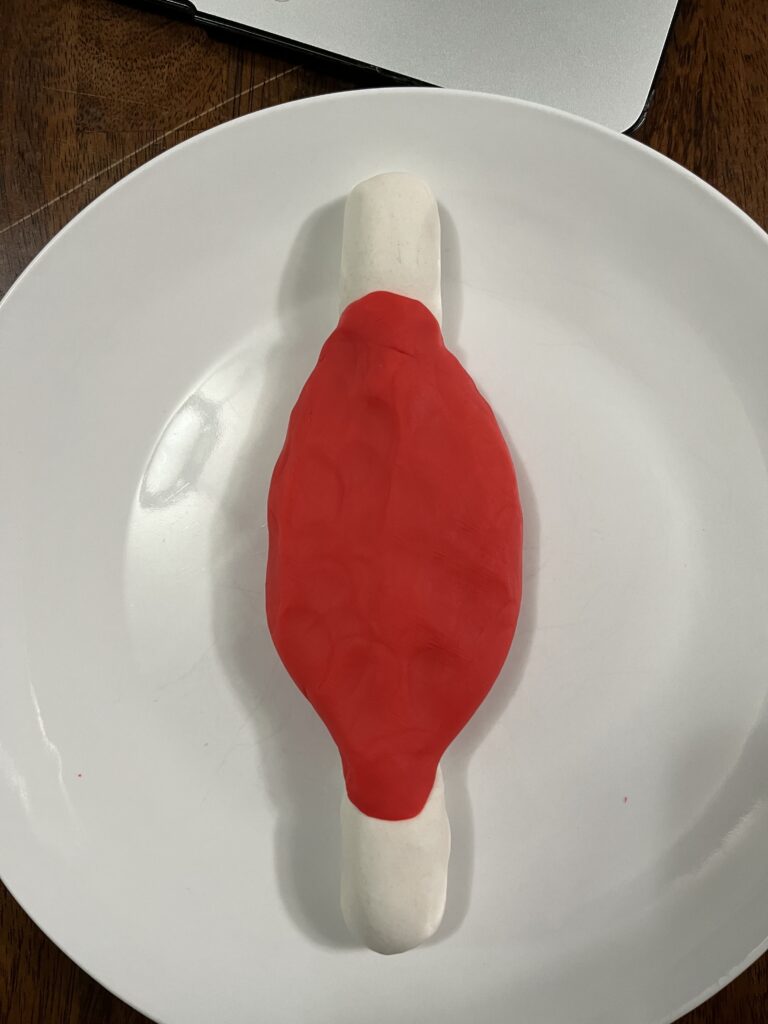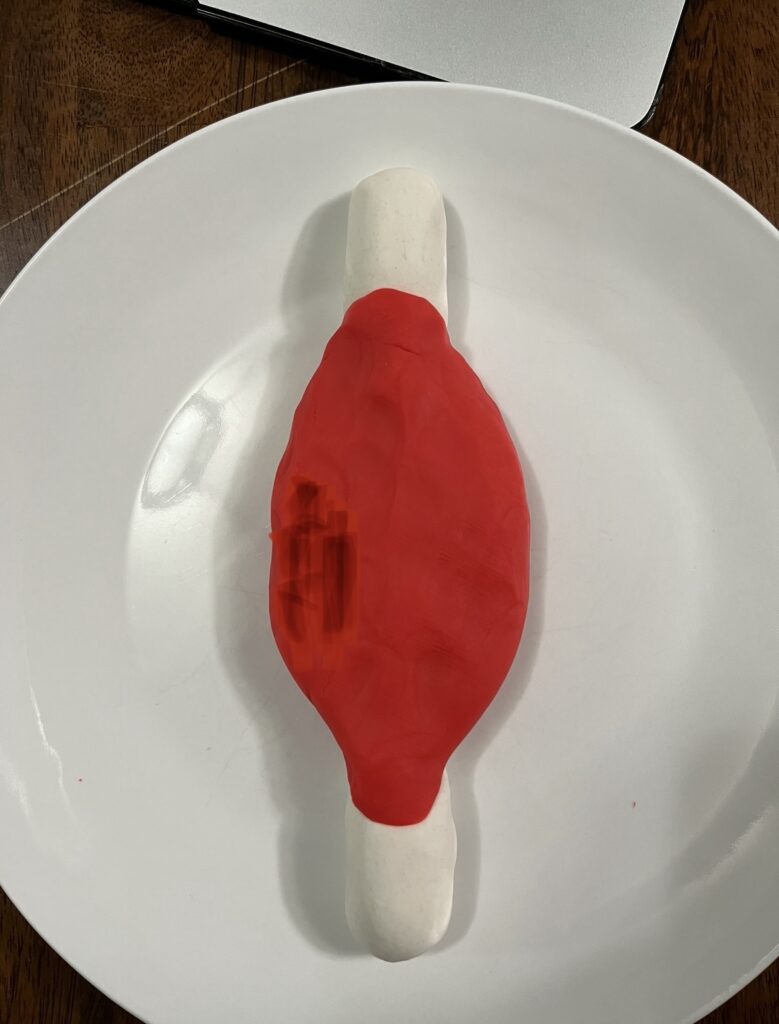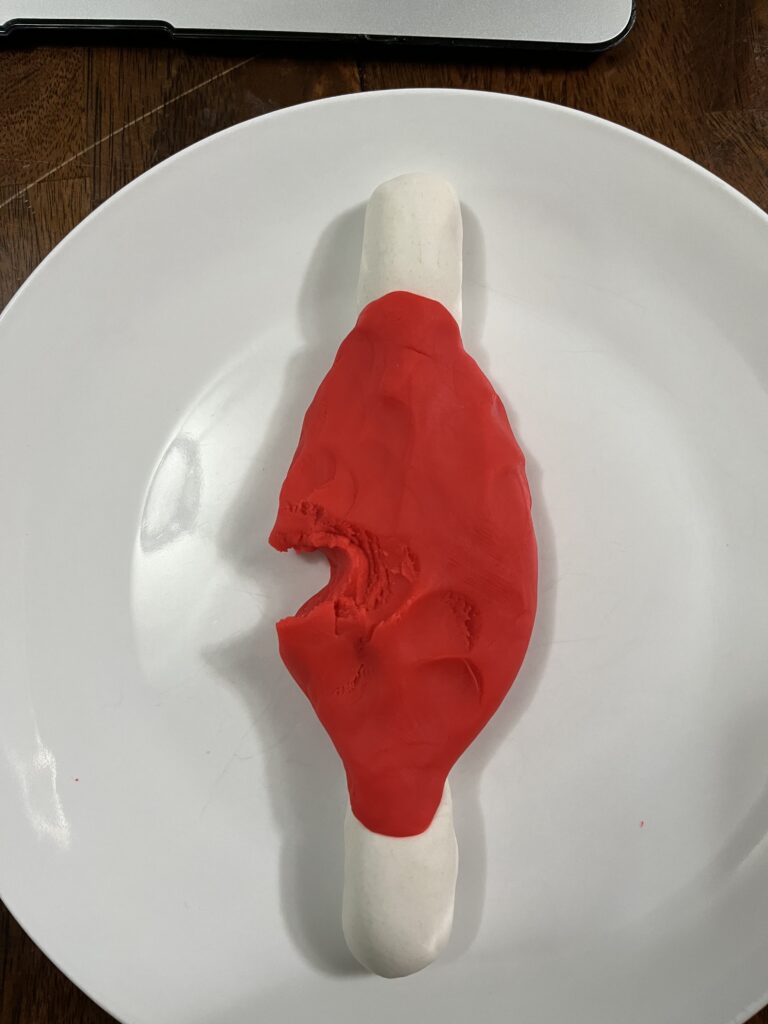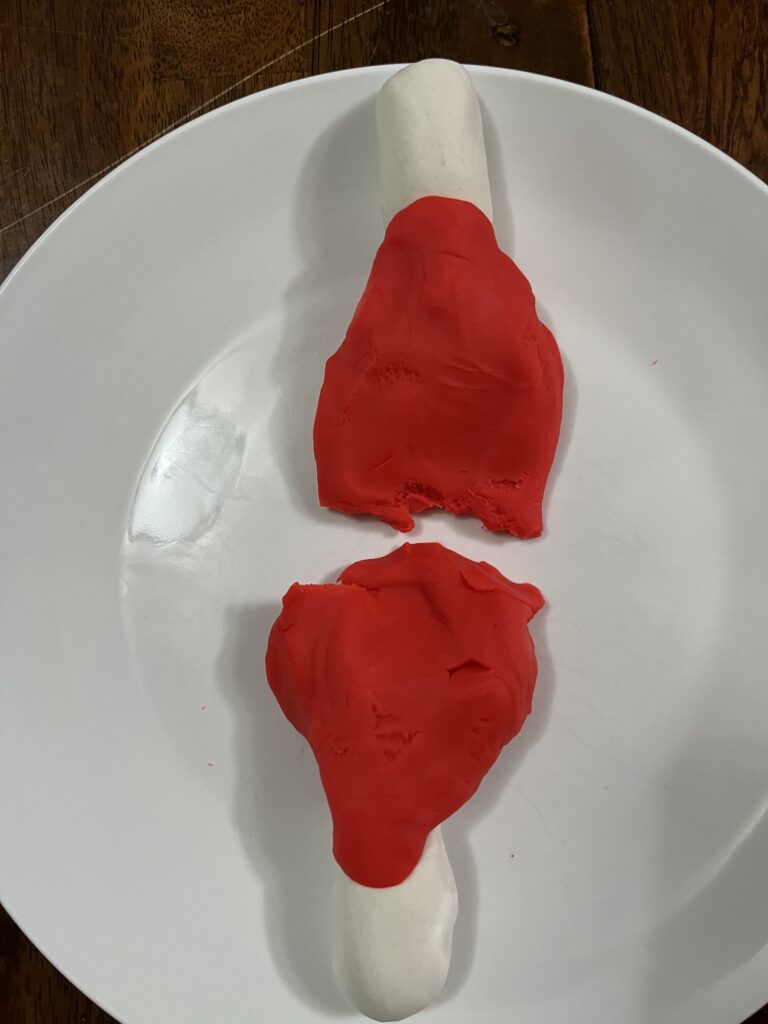



My course objective covered is the muscles involved around the knee joint. In particular, I am focusing on the hamstring muscles and what happens when muscle strain occurs. A muscle strain or tear occurs when the tissue that connects to bones becomes inflamed and tears (Pruthi, et. al, 2022). Muscle strains can either be minor or major. Minor muscle strains involve over-stretching the muscle or tendon. Major injuries include partial or complete tears of the muscle (Pruthi, et. al, 2022). Muscle strains and tears occur mainly at locations where muscles connect to two joints (Gulotta, 2019). Strains happen in events that require a lot of energy at once such as sprinting and jumping.
There are three classification grades for muscle strains. Grade 1 strains occur when less than 5% of the muscle fiber is damaged (Gulotta, 2019). Grade 2 strains involve more damage to the surrounding tissue. However, the muscle tissue does not completely tear. A grade 2 strain results in a heavy loss of strength (Gulotta, 2019). Grade 3 strains involve a complete tear of the muscle. When an individual suffers from a grade 3 muscle strain, they will need surgery in order to regain their strength and motion through reattachment of the muscle (Gulotta, 2019).
Specifically, in the hamstring area, the muscles are susceptible to heavy loads of force and exertion. For example, while running, the hamstring muscles endure high-stress forces and tension while contracting (Opar, et. al, 2012). In the hamstrings, the bicep femoris combined with an undesirable pelvic tilt can increase the risk for hamstring muscle strain if under heavy load (Opar, et. al, 2012). Other general factors that can affect the risk for injury include age, muscle strength imbalance, fatigue, flexibility, and previous injury to the suffering area (SPRINGER). As individuals get older, their musculoskeletal system deteriorates resulting in weakened joints, muscles, and tendons. If not cared for properly, the muscles crossing into two joints can be damaged easier. For younger individuals who are very active and are athletes, if they do not stretch and allow their muscles time to recover, the muscle will become fatigued and develop injuries if exposed to consistent heavy pressure and force. Previous injuries to the area can lead to the development of scar tissue in the muscle. When the muscle, such as the hamstring contracts, the muscle is weaker and is not able to perform heavy force sustainability.
The best way to prevent oneself from suffering muscle strains and tears is to stretch and strengthen the muscles (Pruthi, et. al, 2022). Strengthening the muscle can prevent injury by means of preparing for explosive movement and force. Stretching allows the tissue to recover from activity and helps decrease the risk of injury. Other ways to prevent the risk of a muscle strain are by warming up and cooling down properly. Conducting a warmup before any vigorous exercise will lube the muscles, tendons, and joints. This allows the muscle to prepare for explosive and forceful movements before they occur. For example, going for a jog and stretching before sprints will decrease the risk of potential strain. If an individual immediately starts to do sprints, they are at a higher risk of tearing the muscle tissue.
References
Gulotta, L. (n.d.). Muscle strain: What you need to know about pulled muscles. Hospital for Special Surgery. https://www.hss.edu/conditions_muscle-strain.asp
Opar, D. A., Williams, M. D., & Shield, A. J. (2012). Hamstring strain injuries. Sports Medicine, 42(3), 209–226. https://doi.org/10.2165/11594800-000000000-00000
Pruthi, S. (n.d.). Muscle strains—Symptoms and causes. Mayo Clinic. https://www.mayoclinic.org/diseases-conditions/muscle-strains/symptoms-causes/syc-20450507
